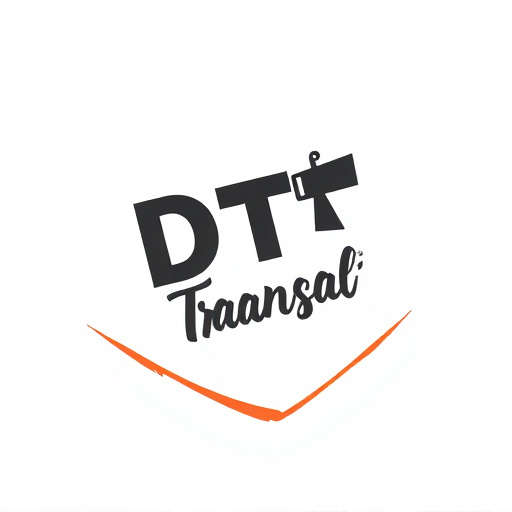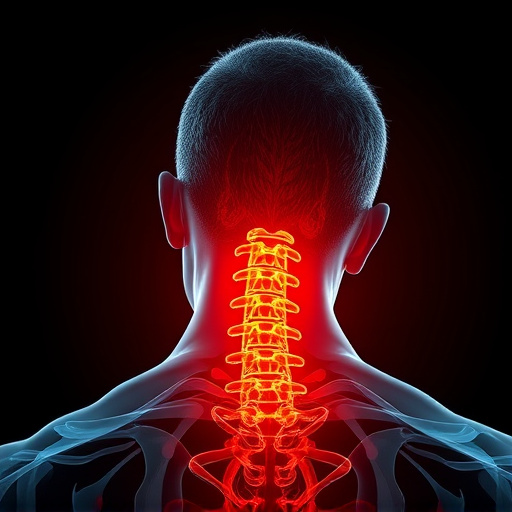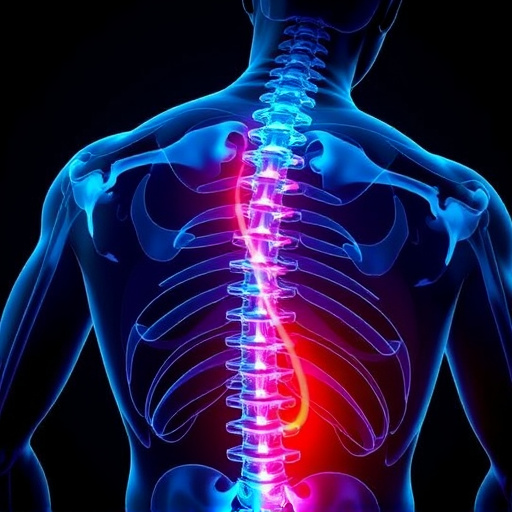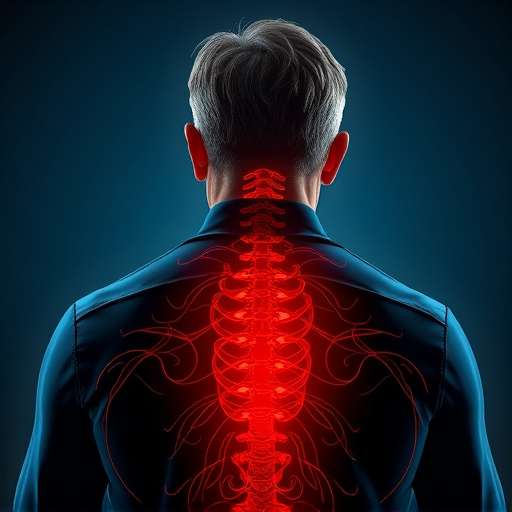Collision-related neck injuries, particularly whiplash, are common automotive accident issues. A whiplash treatment specialist is crucial for effective management, offering tailored care using manual therapy, exercise programs, and cognitive behavioral therapy. Initial treatments include rest, physical therapy, and pain meds, with advanced therapies like spinal manipulation and myofascial release gaining popularity. A comprehensive recovery plan combines physical, medication, and behavioral aspects, while prevention focuses on ongoing therapy, exercises, ergonomic modifications, and lifestyle changes to avoid future injuries.
“Collision-related neck injuries, particularly whiplash, are common yet complex conditions. This comprehensive guide explores effective therapy options for swift recovery and long-term prevention. From understanding the causes and symptoms of whiplash to highlighting the expertise of a dedicated whiplash treatment specialist, we delve into innovative therapies transforming care. Learn about traditional approaches, comprehensive recovery plans, and strategic management techniques to minimize recurrence.”
- Understanding Collision-Related Neck Injuries: Causes and Symptoms
- The Role of a Whiplash Treatment Specialist
- Traditional Treatment Approaches for Neck Pain Relief
- Innovative Therapies Shaping Whiplash Care
- Creating a Comprehensive Recovery Plan
- Preventing Recurrence: Long-Term Management Strategies
Understanding Collision-Related Neck Injuries: Causes and Symptoms

Collision-related neck injuries, commonly known as whiplash, are a prevalent issue among individuals involved in automotive accidents. These injuries result from the rapid back-and-forth movement of the neck during a collision, often leading to muscle sprains, ligament strains, and nerve damage. Understanding the causes and symptoms is crucial for effective treatment.
Whiplash typically occurs when the head is suddenly accelerated and then decelerated, causing the neck muscles and soft tissues to stretch beyond their normal limits. Common causes include rear-end collisions, side impacts, or any incident resulting in a rapid, forceful jerk of the head. Symptoms may include acute pain, stiffness, headaches, dizziness, and even shoulder or arm numbness. Seeking expert advice from a whiplash treatment specialist is essential for accurate diagnosis and tailored care to manage pain and promote healing.
The Role of a Whiplash Treatment Specialist

When dealing with collision-related neck injuries, particularly whiplash, seeking expert care from a qualified whiplash treatment specialist is paramount. These specialists are trained to diagnose and manage the complex physical and emotional consequences of car accidents. They understand that each case is unique, requiring tailored interventions to alleviate pain, restore mobility, and address potential long-term impacts.
A whiplash treatment specialist leverages evidence-based therapies such as manual therapy, exercise programs, and cognitive behavioural therapy to provide comprehensive care. Manual therapy techniques target the neck and surrounding muscles to reduce inflammation, improve joint function, and ease pain. Exercise regimes specifically designed for whiplash patients enhance strength, flexibility, and stability, while cognitive behavioural therapy helps individuals manage stress and anxiety often associated with such injuries.
Traditional Treatment Approaches for Neck Pain Relief

Many collision-related neck injuries, commonly known as whiplash, are initially managed through traditional treatment approaches. These often include rest, physical therapy, and over-the-counter pain medications. A whiplash treatment specialist may recommend a combination of these methods to alleviate acute pain and promote healing. Resting the affected area can help reduce inflammation and give the injured tissues time to recover, while physical therapy exercises target specific muscle groups to improve flexibility, range of motion, and strengthen supporting structures in the neck.
Medications like nonsteroidal anti-inflammatory drugs (NSAIDs) can effectively manage pain and swelling. Additionally, a healthcare provider might suggest manual therapy techniques such as chiropractic adjustments or soft tissue massage to relieve tension and pressure in the injured area. These conventional methods form the foundation of care for many patients with collision-related neck injuries, helping them regain mobility and alleviate discomfort.
Innovative Therapies Shaping Whiplash Care

In recent years, innovative therapies have emerged as game-changers in the realm of whiplash care, offering new hope to patients seeking effective treatment for collision-related neck injuries. These cutting-edge approaches go beyond traditional methods and are designed to address the complex nature of whiplash, a common yet often challenging condition. By combining specialized treatments like spinal manipulation therapy, myofascial release, and cognitive behavioral therapy, whiplash treatment specialists can now provide comprehensive care tailored to each patient’s unique needs.
Such innovative therapies not only help alleviate physical symptoms but also focus on psychological aspects, recognizing that many patients experience prolonged pain and disability due to the emotional stress associated with accidents. By integrating these advanced techniques, specialists are revolutionizing whiplash management, ensuring more effective recovery and improved quality of life for those affected by this injury.
Creating a Comprehensive Recovery Plan
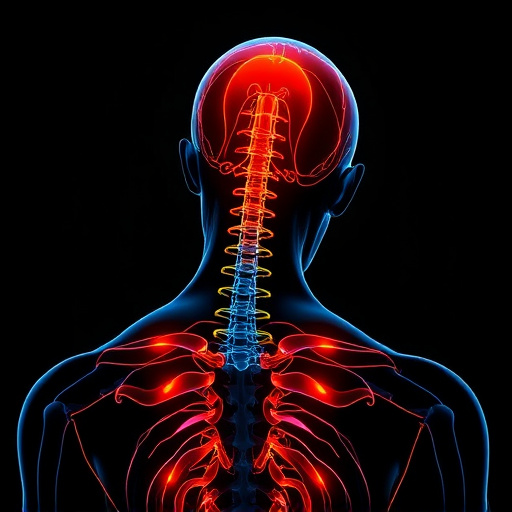
Creating a comprehensive recovery plan is essential for effective therapy after a collision-related neck injury, especially when seeking care from a whiplash treatment specialist. This involves a multi-faceted approach tailored to the individual’s specific needs and severity of symptoms. The plan should include a combination of physical therapy, medication management, and behavioral adjustments to address the physical and emotional aspects of recovery.
A skilled whiplash treatment specialist will assess the patient’s condition, taking into account factors like range of motion, pain levels, and any associated neurological issues. They’ll then collaborate with the patient to set realistic goals and design a personalized treatment regimen that may incorporate techniques such as manual therapy, exercise programs, and cognitive-behavioral strategies to manage pain and improve overall well-being. Regular follow-ups are crucial to monitor progress and make adjustments to ensure a full and speedy recovery.
Preventing Recurrence: Long-Term Management Strategies

Preventing Recurrence requires a multifaceted approach, especially for collision-related neck injuries that often manifest as whiplash. A key strategy involves ongoing physical therapy tailored by a whiplash treatment specialist to strengthen neck muscles and improve flexibility. Regular exercises focused on the cervical spine can significantly reduce the risk of future strain or damage.
Additionally, maintaining good posture both during activity and in daily life is crucial. Educational interventions taught by these specialists can equip individuals with the knowledge to recognize and avoid triggers that might lead to recurrence. Long-term management also encompasses lifestyle modifications, such as adopting ergonomic habits at work and home, incorporating regular stretching routines, and managing stress levels through techniques like yoga or meditation—all designed to foster sustained wellness and prevent reoccurrence of neck injuries.





